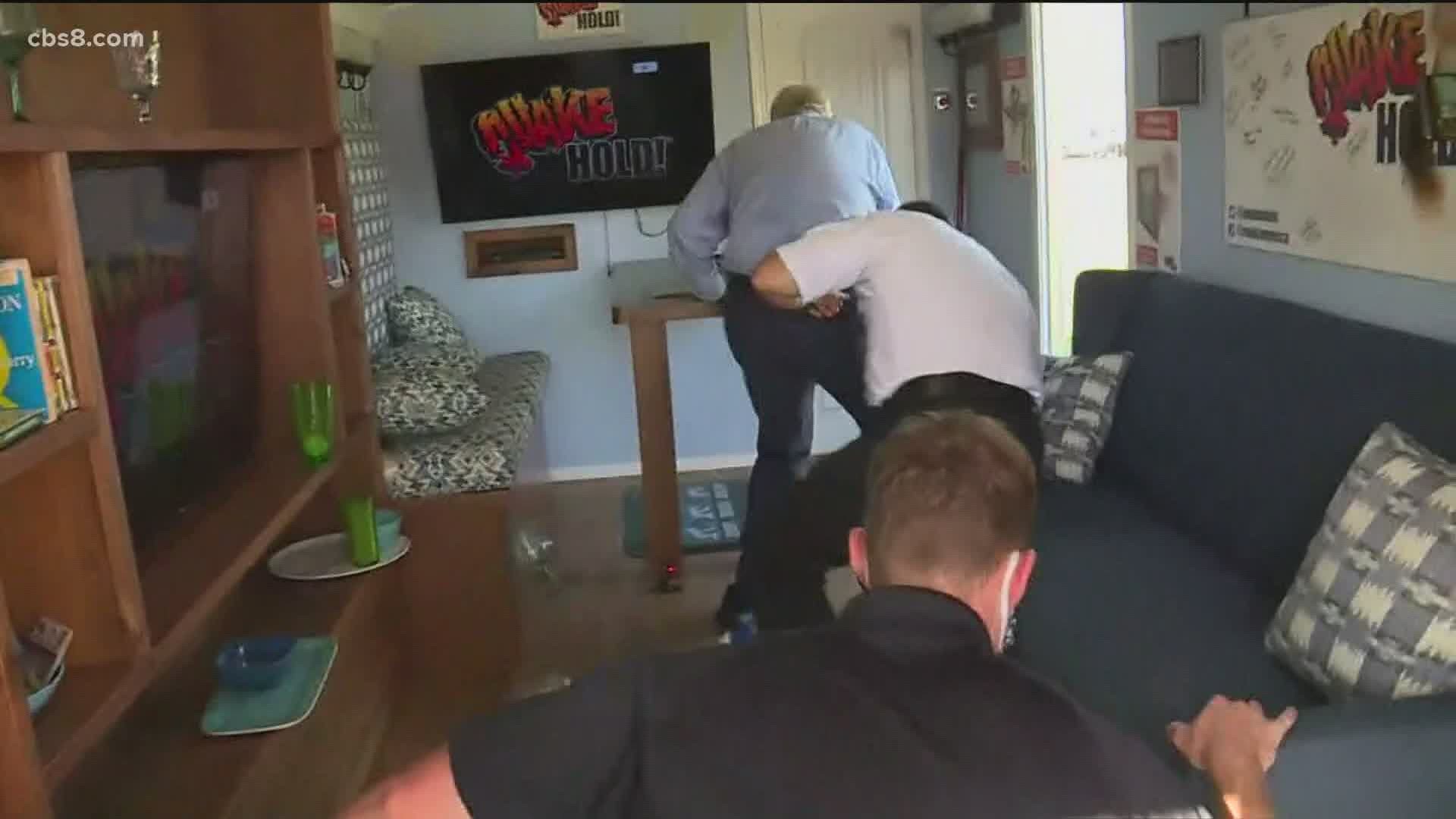SAN DIEGO — Government disaster plans have been revised for the pandemic and the lack of hospital beds could force hospitals to begin “crisis care” protocols if they go beyond their breaking points.
Currently, no hospital in California has had to begin crisis care. All San Diego hospitals have managed patient loads within their respective systems. However, a mass casualty event, such as a large earthquake could stress the healthcare system.
“If there's another big disaster on top of a big disaster, we're in trouble,” said Chris Van Gorder, President and CEO of Scripps Health. “Then we go into what's called crisis care and where we have to make decisions about which patient gets a ventilator, which patient is most appropriate to get an ECMO machine or something like that.”
California hospitals already have protocols to help medical staff make ethical decisions should it become unavoidable.
The scenarios consider whether there is a shortage of staff, personal protective equipment, beds or medical devices.
“You may have to triage medical care, decide how you’re going to use scarce resources again something we need to plan around and be prepared for but we’re doing everything in our power today to keep us from being in this situation across the state,” said Mark Ghaly, M.D., M.P.H., Secretary of California Health and Human Services Agency.
The state recently activated a 200-bed field hospital at Palomar Medical Center, which can help take some of the pressure off of local hospitals.
Some hospital systems have also moved to preserve bed space by sending patients home sooner than they might otherwise be released or not admitting people who might have otherwise been admitted.
County and local emergency plans have also been modified for the pandemic.
In the event of a disaster that forces people from their homes, such as a wildfire, the government would open more shelters and bring on more staff than normal to help with social distancing requirements.
“We plan, as a rule of thumb, about 40 square feet per person. That's more than doubled,” said Stephen Rae, the county’s Assistant Director of Emergency Services.
The plans also call for people to spend less time in evacuation centers. Instead of setting up cots at an overnight site, such as a school gym or other large venue, the Red Cross is tasked with quickly finding people a place to go.
“This could be hotels, bigger events that might be dormitories,” said Rae. “They're even recommending people who have RV's stay in their RV's and we can arrange things like campground space, things like that.”


